
Privacy statement: Your privacy is very important to Us. Our company promises not to disclose your personal information to any external company with out your explicit permission.
At present, the new energy automobile market is still a typical policy market.
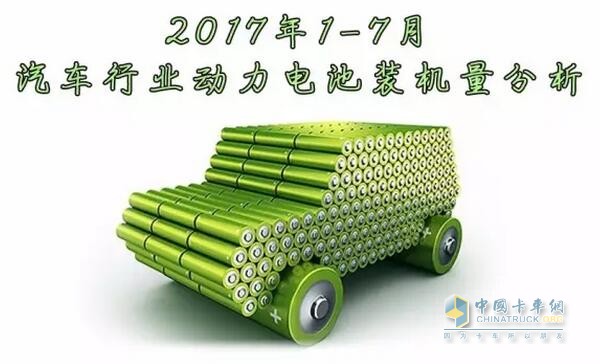
As the end of 2016, the relevant national departments to adjust the new energy policy, the new energy market entered a round of adjustment period. With the introduction of various regional policies, since June, the new energy market has shown signs of recovery, and maintained a good market trend in July (July analysis refers to "July 2017 (single month) analysis of the battery power supply of the automotive industry power" ), The power battery installed capacity also began to increase accordingly.
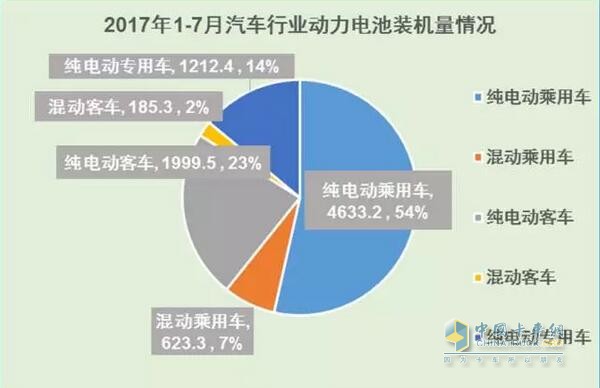
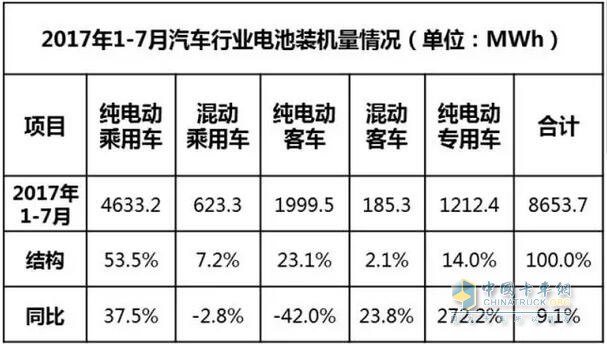
Total installed capacity:
From January to July 2017, the cumulative installed capacity of power batteries for the automotive industry reached 8653.7MWh, an increase of 9.1% year-on-year.
Market segmentation:
Passenger car: The cumulative installed capacity reached 5256.5 MWh, which accounted for 60.7% of the industry's share, of which pure electric power accounted for 53.5% of the industry and maintained a growth of 37.5%, cumulative total of 7.2% mixed, cumulative year-on-year decline of -2.8%.
Passenger cars: The installed capacity was 2184.8MWh, a cumulative increase of -39.3%, accounting for 25.2% of the industry. The cumulative growth of pure electric -42%, accounting for 23.1% of the industry, mixed growth of 23.8%, occupying 2.1% of the industry. Although both the June and July growth trends, due to the downturn in the January-May market, cumulative installed capacity from January to July declined.
Special-purpose vehicles: Continuous special orders for special vehicles have led to a significant increase in the cumulative installed capacity of special vehicles by 272.2%, accounting for 14% of the industry.
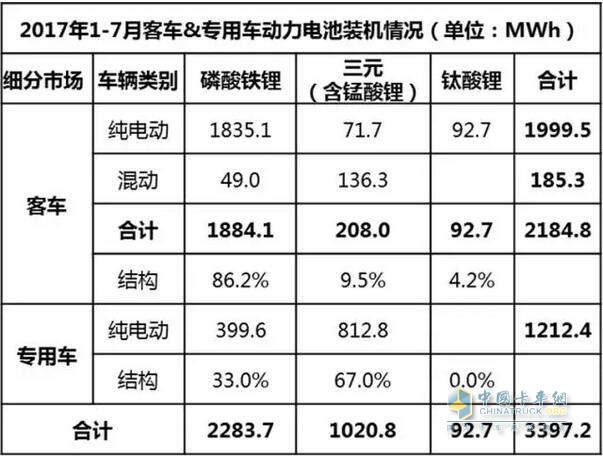
Passenger car & special vehicle power battery breakdown:
Passenger car industry power battery capacity was mainly lithium iron phosphate, accounting for 86.2%, followed by ternary (containing lithium manganate) 9.5%, and lithium titanate 4.2%. In pure electric products, lithium iron phosphate occupies 91.8%. Mixed-use passenger cars in the three yuan (mainly lithium manganate) installed capacity accounted for 73.6%, followed by lithium iron phosphate 26.4%.
In the special vehicle industry, the ternary (containing lithium manganate) installed capacity was 812.8 MWh, accounting for 67%, followed by 33% of lithium iron phosphate.
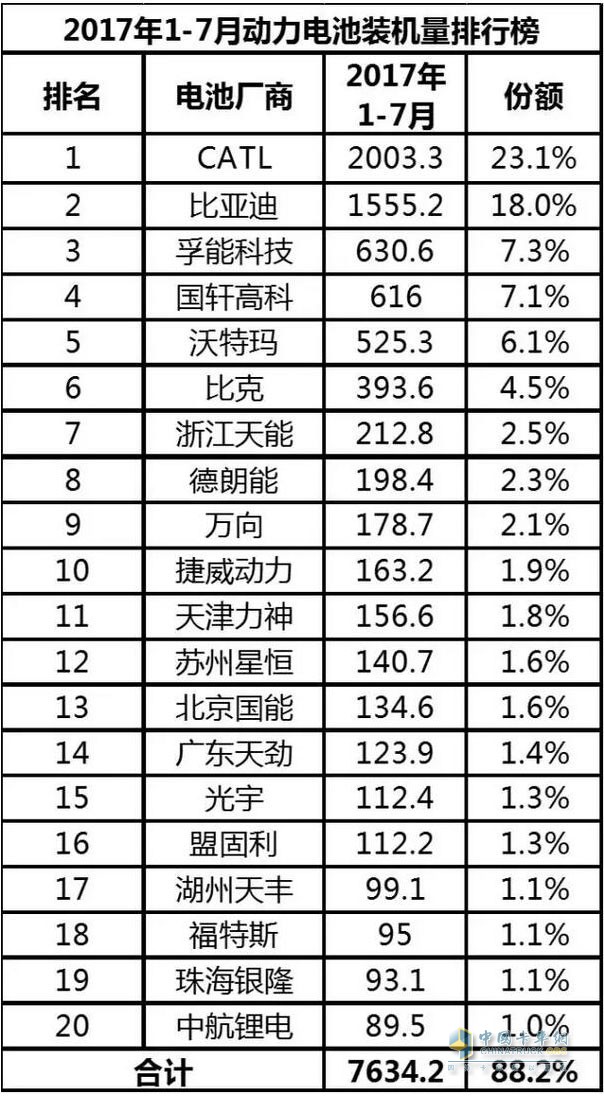
January-July 2017 Power Battery Capacity Ranking:
From January to July, the top 10 concentrations reached 74.8%, and the top 20 reached 88.2%, of which:
The pure electric bus power battery is mainly occupied by three companies: CATL (398.8MWh), Waterma (180.8MWh) and BYD (80.9MWh);
The battery market for plug-in hybrid buses is dominated by Nguli (lithium manganate), which totals 26.1 MWh.
The battery market for pure electric vehicles is dominated by two companies: Waterma (61.5MWh) and Guangdong Tianjin (50.7MWh).
September 19, 2022
September 09, 2022
September 08, 2022
September 09, 2022
November 03, 2022
この仕入先にメール
September 19, 2022
September 09, 2022
September 08, 2022
September 09, 2022
November 03, 2022

Privacy statement: Your privacy is very important to Us. Our company promises not to disclose your personal information to any external company with out your explicit permission.

Fill in more information so that we can get in touch with you faster
Privacy statement: Your privacy is very important to Us. Our company promises not to disclose your personal information to any external company with out your explicit permission.